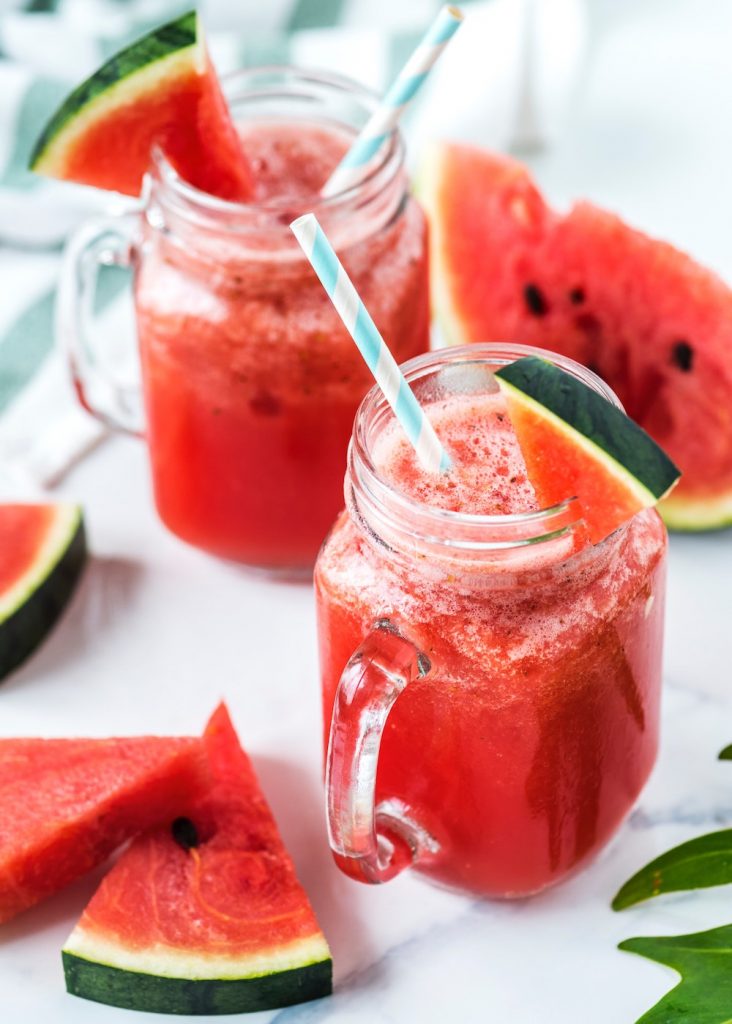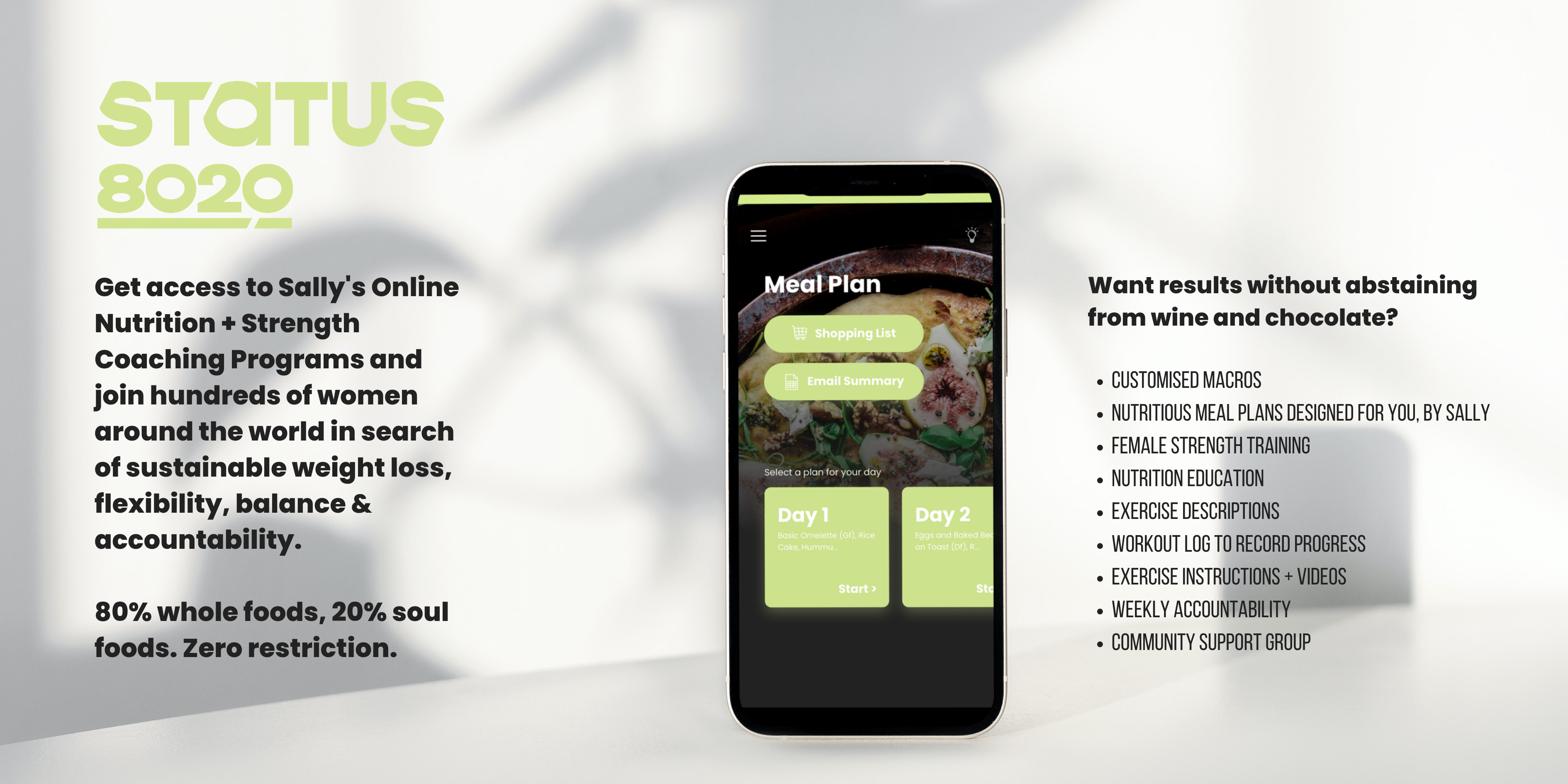Fermentation master and Love Your Guts co-founder Caleb Robertson explains why Water Kefir beats Kombucha as the top tummy tonic in town.

Fizzy drinks fever
Over the past few years Kombucha – a fermented drink with gut health benefits – has enjoyed massive growth in popularity and secured itself as the main player in probiotic drinks. And, while it is a pleasant drink and WAy better than traditonal fizzy drinks, there’s a fermented drink that can go one better. Water kefir.
Water ke-what now?
KEFIR it is pronounced
Water kefir cultures are made up of colonies of bacteria and yeast that look like little grains. Kefir grains are fed organic sugar and real fruits and ferment water. The kefir “grains” ferment the sugars into a delicious fizzy drink, significantly reducing the sugar content whilst producing billions of probiotics, digestive enzymes, amino acids, vitamins and minerals.
Commonly water kefir grains are found to have 10 to 30 different strains of beneficial bacteria and yeast making it one of the richest probiotic drinks on the planet, second only perhaps to its cousin milk kefir.
In a nutshell, Water Kefir is different from Kombucha in that it:
· is
· is gentler on the stomach
· is less vinegary and acidic tasting
· contains a higher number of pre-and pro-biotic strains and amino acids such as tryptophan which is a precursor to the happy hormone, serotonin.

Kefir V Booch, round two
Kefir and Kombucha are both fermented with a symbiotic culture of bacteria and yeast (SCOBY) but contain different hosts of these bacteria and yeasts.
Kombucha is brewed with black or green tea and sugar, and the main acid formed is acetic acid, which gives it its trademark vinegary aftertaste. It also produces some enzymes so can aid with digestion.
Water kefir is caffeine-free and the main organic acid it produces is lactic acid, which is gentler on your gut and teeth enamel and helps absorb nutrients. It also contains a broader range of probiotics and prebiotics making it a delicious drinkable probiotic supplement. While both drinks are rich in amino acids and vitamins (B in particular), kefir is unique in that it contains a significant amount of Tryptophan, fondly known as ‘nature’s Prozac’.
Nature’s Prozac?
Tryptophan is an essential amino acid our body doesn’t naturally produce, and it is an important building block for our main happy hormone serotonin.
Perhaps the ancients were onto something when they named it kefir, which stems from the Turkish word keyif, meaning ‘good feeling’.
Is it good for everyone?
The gut is one big ecosystem, made up of over 500 diverse bacterial species. The goal is to make the gut an inviting place for beneficial bacteria to settle down and procreate. One of the best ways people can do this is with healthy fermented foods like raw sauerkraut, kimchi, and beverages like kefir and kombucha.
For most people consuming fermented foods every day is fine (and recommended!) however for severe gut conditions it’s advised to start slow with very small amounts. Water kefir tends to be the gentlest fermented drink so it’s a great place to start your foray into fermented foods. As always, consult your health professional.


Hey thanks for article, It tasted so well. 🙂 Keep sharing more.